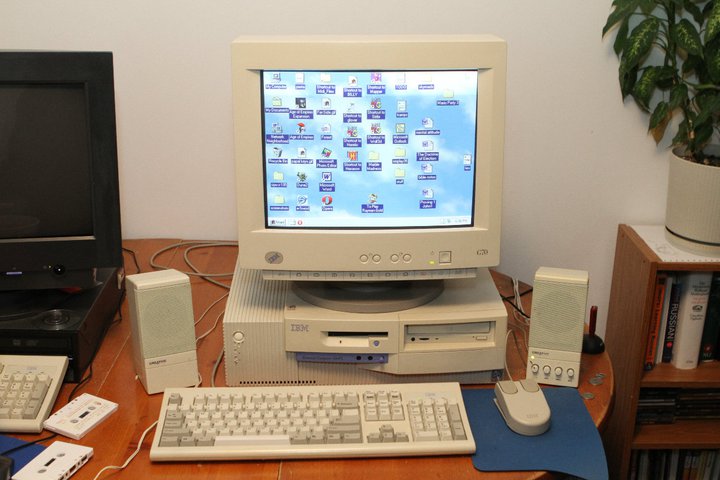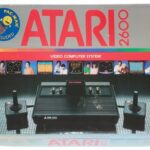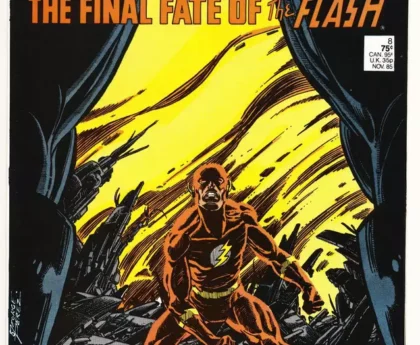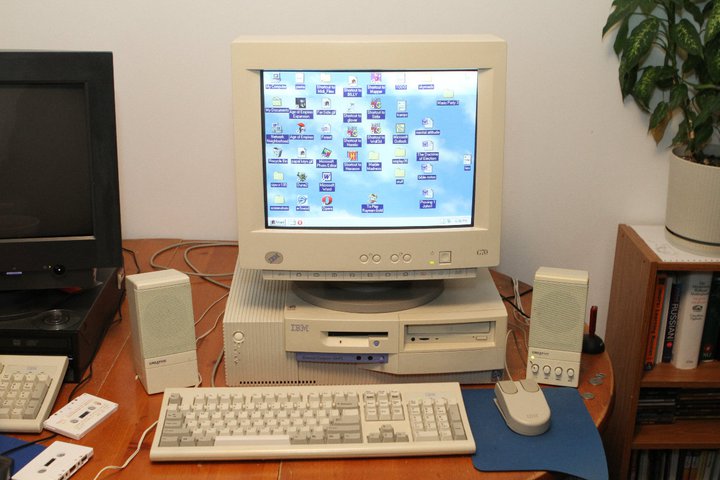
When Microsoft launched Windows 95 in August 1995, it didn’t just change how people used computers—it reshaped the future of PC gaming. For many retro gamers, this era marked the turning point from DOS-based clunkiness to a more polished, plug-and-play world. If you were there, you remember the buzz. If you weren’t, buckle up—here’s why Windows 95 gaming still matters today.
Before Windows 95, gamers wrestled with boot disks, config.sys, and autoexec.bat just to get titles like DOOM or Wing Commander to run properly. With Windows 95, Microsoft introduced DirectX, a revolutionary API suite designed to give developers better access to graphics, sound, and input devices—without relying on DOS. This meant one huge thing: Games became easier to install and run, and they looked better doing it.
Let’s talk about the heavy hitters—titles that helped define PC gaming and showed what Windows 95 could really do.
Myst (Windows 95 Version): Originally a Mac game, Myst found a massive second life on Windows 95. Its surreal world, haunting music, and brain-bending puzzles captivated millions. This wasn’t just a game—it was a CD-ROM seller. If you had a Windows 95 PC, chances are you had Myst too.
Command & Conquer (1995): Although it first launched as a DOS title, a dedicated Windows 95 version followed shortly after. This release took advantage of the new OS’s multimedia capabilities and made LAN multiplayer far easier to set up. Command & Conquer combined slick full-motion video cutscenes, deep real-time strategy gameplay, and a gripping modern military storyline. It was a defining moment for the genre—and a perfect showcase of Windows 95’s more accessible gaming ecosystem.
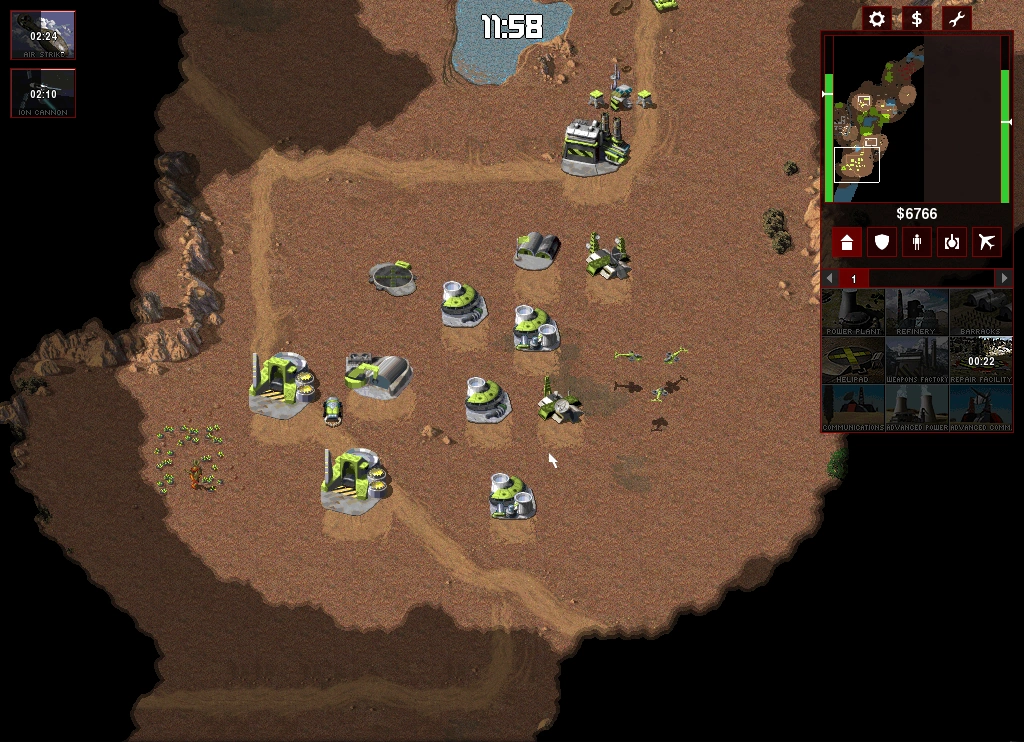
Quake (1996): Quake was a landmark 3D shooter that brought true 3D graphics to the FPS genre. Thanks to DirectX and graphics card drivers improving in the Win95 environment, Quake’s visual performance exploded on capable rigs. Combined with online multiplayer and mod support, it became a cornerstone of competitive PC gaming.
Age of Empires (1997): This one was built specifically for Windows 95—and it showed. Designed from the ground up to leverage DirectX, Age of Empires delivered rich 2D visuals, immersive sound, and responsive controls. It blended the resource management of Civilization with real-time strategy, allowing players to guide ancient civilizations through technological and military growth. Multiplayer was baked in via TCP/IP, LAN, and modem—making it a go-to game for Windows 95-era LAN parties.
Blade Runner (1997): A heavily underrated point-and-click adventure with branching storylines, Blade Runner was visually ahead of its time and showed off the graphical capabilities of Windows 95 gaming with richly animated backgrounds and atmospheric soundscapes. The ability to run such a cinematic game smoothly was a testament to how far the platform had come.
StarCraft (1998): While released a little later in the Win95 lifecycle, StarCraft rode the momentum of everything Windows 95 built. Its seamless multiplayer experience, robust DirectX support, and refined UI were the results of a platform that had matured over just a few years.
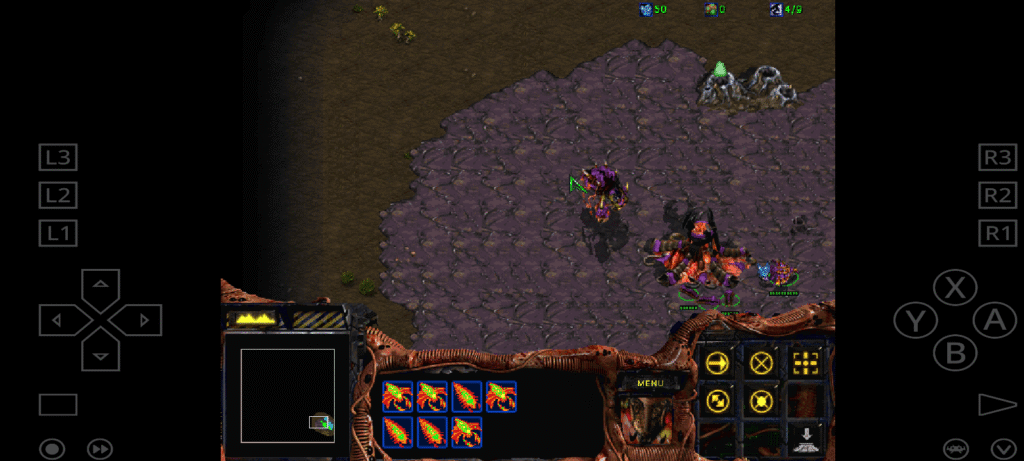
Now let’s talk about what made Windows 95 such a perfect environment for these titles.
DirectX Integration: Introduced in late 1995, DirectX unified how developers accessed hardware features like 3D graphics acceleration and sound—meaning fewer compatibility headaches.
Plug-and-Play Hardware: Windows 95 made it easier to install new sound cards, video cards, and peripherals like joysticks and gamepads—without digging into IRQ settings. This ease helped PC gaming reach more casual users.
CD-ROM Support: By the mid-90s, CD-ROM drives were standard. Windows 95 supported them natively, making it easier to install larger games like The 7th Guest, Rebel Assault II, and Full Throttle—all bursting with full-motion video and voice acting.
Multitasking: True 32-bit multitasking meant you could download a patch, chat in IRC, and play Solitaire—all without rebooting into DOS. That was a game-changer.
To get the most out of your Windows 95 gaming setup, you needed some key gear:
- Sound Blaster AWE64 – Crystal-clear digital audio that made orchestral soundtracks shine.
- Microsoft SideWinder Gamepad – An early, surprisingly durable PC gamepad with a layout similar to SNES controllers.
- 3dfx Voodoo Graphics Card – Released in 1996, this changed PC gaming forever, giving titles like Tomb Raider and MechWarrior 2 jaw-dropping 3D acceleration.
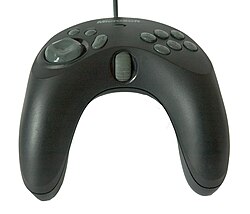
Today, Windows 95 games are hot among retro collectors. Big-box PC games from this era—especially with all manuals and discs—are becoming increasingly rare and valuable. Games like Diablo, Grim Fandango, Total Annihilation, and Dark Forces defined the PC as a serious gaming machine. And for many, those pixelated menus and startup chimes still echo like a siren’s song.
Windows 95 was more than just an operating system—it was the launchpad for modern PC gaming. It introduced the structure and accessibility that helped the industry explode into the 2000s. For retro gamers, firing up a classic title on a vintage Win95 rig isn’t just nostalgia—it’s a tribute to a time when PC gaming found its identity.
Want to relive those golden years? Dig out your old jewel cases, fire up a VM or vintage build, and lose yourself in that iconic gray interface again. Because in the world of retro gaming, Windows 95 isn’t old—it’s legendary.

